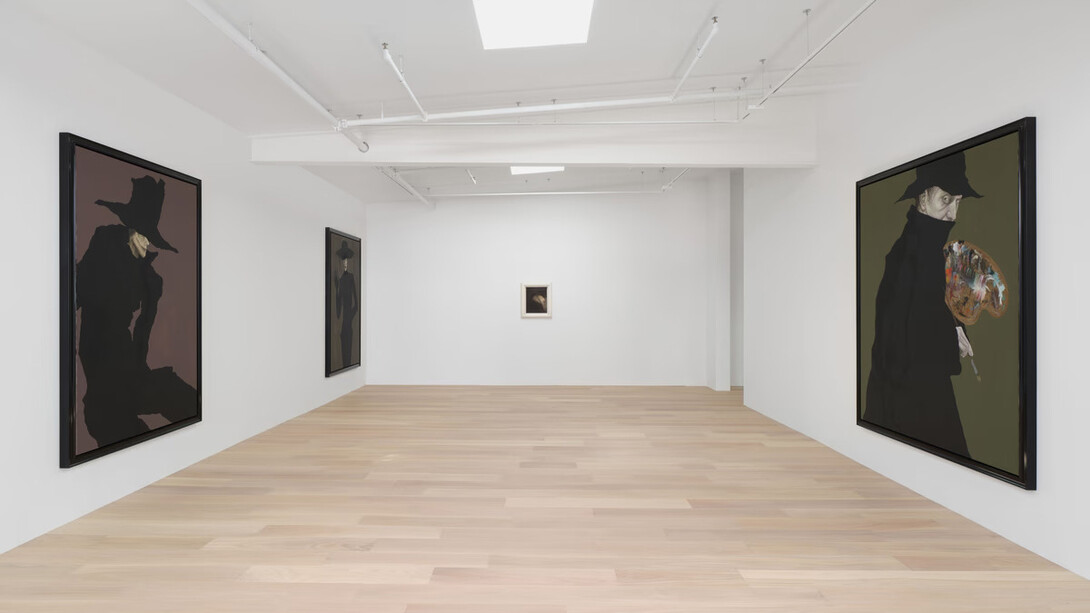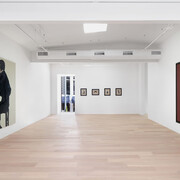Because we don’t know when we will die, we get to think of life as an inexhaustible well. Yet everything happens only a certain number of times, and a very small number really. How many more times will you remember a certain afternoon of your childhood, some afternoon that is so deeply a part of your being that you can’t even conceive your life without it? Perhaps four or five times more, perhaps not even that. How many more times will you watch the full moon rise? Perhaps twenty, and yet it all seems limitless.
(Paul Bowles)
One morning in May, I woke with a pit in my stomach, overcome by a feeling I had never felt before. Within minutes, my body failed me: my vision narrowed, my hearing fractured into distortion, and then everything went silent. Ten minutes later I woke shocked to find myself back in my body, though in that time I had accepted I might never return. For days afterward I lingered in bed, haunted by disbelief, unsure if I was alive at all.
That moment spearheaded this show. The summer became a meditation on the thin line between consciousness and unconsciousness. The first painting I made after was The painter. With all color drained from my face, it felt like a mirror. Not a self portrait, but an image of time passing across the soul. That thread wove through every work as the show came together.
Though rooted in my own experience, the show reads as a rubric for existential thought. From the serenity of Calmness to the mischievous grin of Heh!, each work hums with a quiet awareness of impending doom. A reminder that life exists, and that it will end. As our bodies age and scar, we hold to both good and bad. Nostalgia binds us to emotion. Ritual anchors us in existence. Rituals that bring peace, that make us feel like children again, that recall those we’ve lost, that give us optimism.
fullmoon takes its title from one of a few lyrical tracks on Ryuichi Sakamoto’s async. I began these works just after moving to New York, living outside of Southern California for the first time in my life. I chose not to take a studio. I wanted the paintings within earshot so the work could remain personal.
(Text by Adam Alessi)








